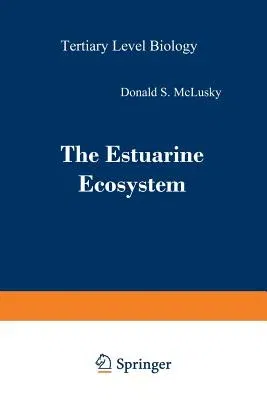Donald S McLusky
(Author)The Estuarine Ecosystem (Softcover Reprint of the Original 1st 1989)Paperback - Softcover Reprint of the Original 1st 1989, 24 February 2012

Qty
1
Turbo
Ships in 2 - 3 days
In Stock
Free Delivery
Cash on Delivery
15 Days
Free Returns
Secure Checkout
Part of Series
Tertiary Level Biology
Print Length
216 pages
Language
English
Publisher
Springer
Date Published
24 Feb 2012
ISBN-10
9401168644
ISBN-13
9789401168649
Description
Product Details
Author:
Book Edition:
Softcover Reprint of the Original 1st 1989
Book Format:
Paperback
Country of Origin:
NL
Date Published:
24 February 2012
Dimensions:
22.86 x
15.24 x
1.19 cm
ISBN-10:
9401168644
ISBN-13:
9789401168649
Language:
English
Location:
Dordrecht
Pages:
216
Publisher:
Series:
Weight:
303.91 gm

